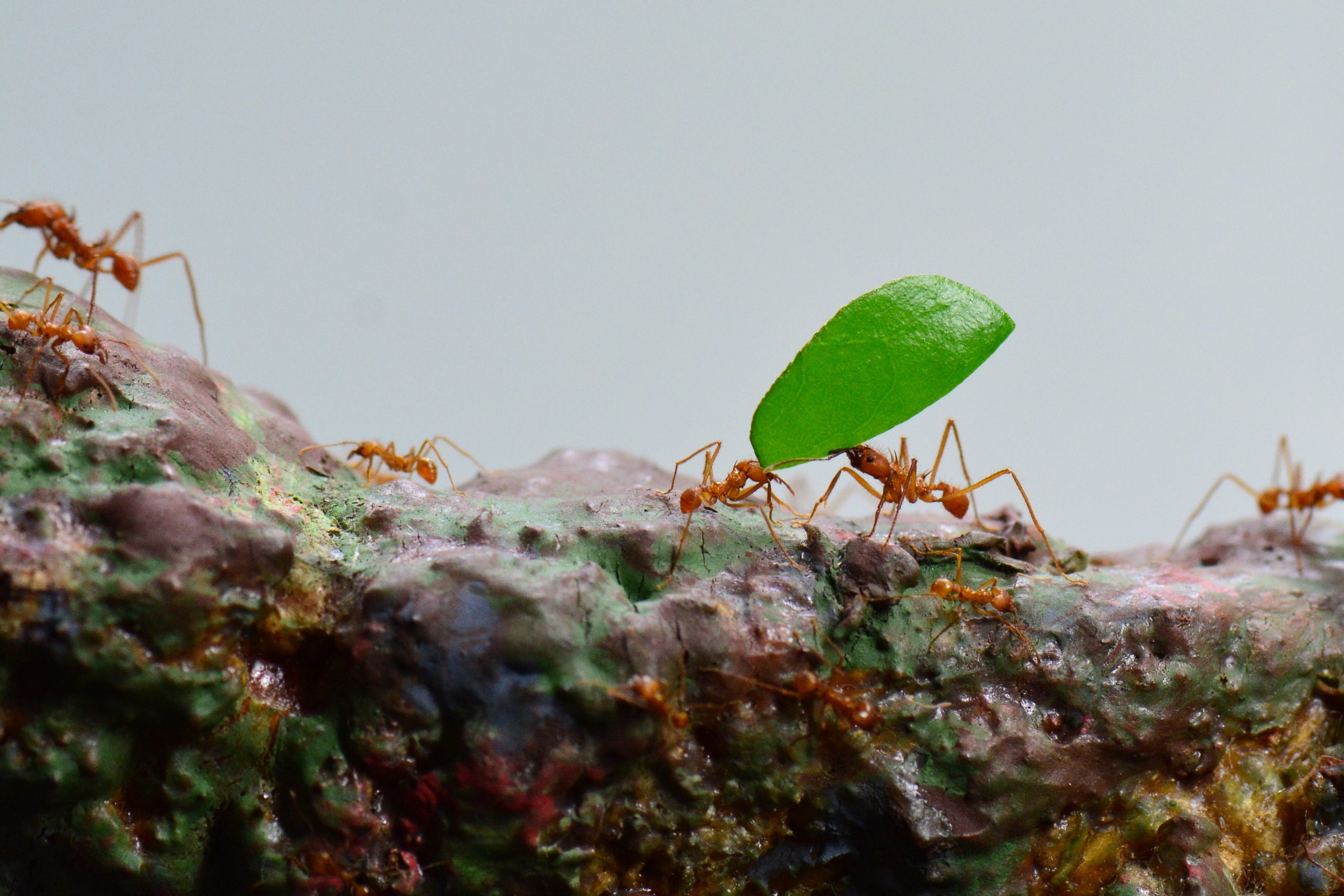
The Mathematical Biology Underpinning Ants’ Collective Intelligence
We’ve all witnessed it—lines of ants moving in unison, seemingly propelled by an unseen force as they traverse the landscape towards or away from a food source. What is the key to their remarkably organized foraging habits? A method of chemical signals known as pheromones, utilized by the ants to delineate their routes. But what occurs when ants come across several food sources simultaneously? How do they decide which route to take—or if they should distribute their efforts among various food locations? A group of researchers from Florida State University (FSU) has introduced a mathematical model that illuminates these inquiries. Their research provides fresh perspectives on the self-organizing actions of ants and highlights wider implications for comprehending collective behaviors in biological systems.
Journal: Journal of Mathematical Biology, September 2024, DOI: 10.1007/s00285-024-02136-2 | Reading time: 6 minutes
The Collective Intelligence of Ant Colonies
Ants significantly depend on chemical pheromones for communication, especially in the pursuit of food. When a foraging ant detects a food source, it releases pheromones along its route back to the colony, thereby marking a trail that other ants can follow. As additional ants journey to the food source and return, they reinforce this pheromone path, often resulting in the establishment of one highly efficient route.
When multiple food sources are present, the situation becomes more intricate. Ant colonies may not simply congregate around a single food source; they could maintain several pheromone trails concurrently, influenced by the proximity and quality of each food source. This adaptable foraging behavior captured the interest of researchers, leading them to explore how ants manage and uphold these various paths through collaborative, decentralized decision-making. Grasping these mechanisms could provide insights not only into ants but also into other complex biological systems that operate through collective interactions.
A New Mathematical Model for Ant Foraging Behavior
Assistant Professor Bhargav Karamched and his research team, which includes graduate student Sean Hartman, devised a mathematical model to elucidate how ants coordinate their foraging strategies across multiple food sources. Their findings, published in the Journal of Mathematical Biology, utilize a blend of stochastic modeling, computational simulations, and partial differential equations (PDEs) to replicate critical elements of ant behavior—specifically, how they develop and maintain various trails to different food sources.
The allure of mathematical models, according to Karamched, lies in their capacity to reflect biological behavior in a simplified manner, allowing researchers to generate specific predictions. “The strength of mathematics is that we can create models that reproduce experimentally observed results and provide precise forecasts,” Karamched states. His team’s model concentrates on two categories of ants within the colony—those engaged in foraging and those that have already found food and are making their way back to the nest.
A Two-State System
The model categorizes ant behavior into two primary states: foragers and returners. Foragers are the ants that are randomly searching for food, while returners are those that have identified food and proceed purposefully back to the nest, leaving pheromones along their route.
As per the model, ants sustain multiple pheromone trails when food sources are situated at approximately equal distances from the nest. However, when one food source is marginally closer, the ants will gradually redirect their focus nearly entirely to that source, resulting in the creation of a singular, dominant trail. This transition is ignited by slight variations in pheromone concentrations.
Hartman, who played a crucial role in enhancing the simulations, elaborates: “It was captivating to observe how these interactions could result in either multiple stable trails or a single dominant trail, dependent on the conditions.” The model illustrates that returning ants tend to release smaller quantities of pheromones as they approach the food, enabling the colony to adaptively choose the most efficient paths over time.
Beyond Ants: Wider Implications for Collective Behaviors
While this model was designed to depict ant foraging behavior, it provides significant insights into other systems reliant on chemical signaling—and even extends beyond biology, touching on machine learning and artificial networks. For instance, bacteria, slime molds, and certain vertebrates also utilize chemical signals to orchestrate group activities like migration, resource collection, and even complex social frameworks. Researchers believe this model could elucidate how microbial colonies coordinate movement via chemical diffusion, or how schools of fish synchronize their actions in